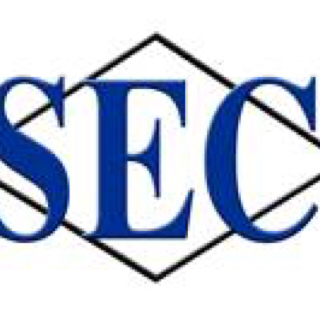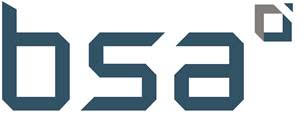Title Page
-
Conducted on
-
Prepared by
-
Location
-
Did the work area pass the proper amount of lightning test? <br><br>According to standard 29 CFR 1926.26 Subpart C - Construction areas, aisles, stairs, ramps, runways, corridors, offices, shops, and storage areas where work is in progress shall be lighted with either natural or artificial illumination. The minimum illumination requirements for work areas are contained in Subpart D of this part. <br><br>29 CFR 1926.56(a) Subpart D - General. Construction areas, ramps, runways, corridors, offices, shops, and storage areas shall be lighted to not less than the minimum illumination intensities listed in Table D-3 while any work is in progress:<br><br> TABLE D-3 - MINIMUM ILLUMINATION INTENSITIES IN FOOT-CANDLES<br><br>____________________________________________________________________<br> |<br> Foot-Candles | Area of Operation<br>_______________|____________________________________________________<br> |<br>5............. | General construction area lighting.<br>3............. | General construction areas, concrete placement,<br> | excavation and waste areas, access ways, active<br> | storage areas, loading platforms, refueling, and<br> | field maintenance areas.<br>5............. | Indoors: warehouses, corridors, hallways, and<br> | exitways.<br>5............. | Tunnels, shafts, and general underground work areas:<br> | (Exception: minimum of 10 foot-candles is required<br> | at tunnel and shaft heading during drilling,<br> | mucking, and scaling. Bureau of Mines approved cap<br> | lights shall be acceptable for use in the tunnel<br> | heading)<br>10............ | General construction plant and shops (e.g., batch<br> | plants, screening plants, mechanical and<br> | electrical equipment rooms, carpenter shops,<br> | rigging lofts and active store rooms, mess halls,<br> | and indoor toilets and workrooms.)<br>30............ | First aid stations, infirmaries, and offices.
-










